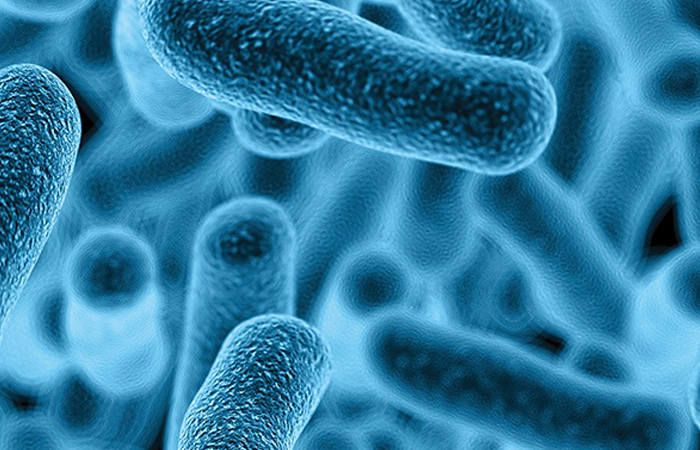If you're involved in protein production or biotechnology research, you've likely encountered the challenge of choosing the right expression system for your needs. Selecting the appropriate system can significantly impact your target protein's quality, quantity, and functionality. So, what are the advantages and disadvantages of different expression systems?
Expression systems vary in complexity, cost, and yield. Bacterial systems are fast and cheap but may struggle with complex proteins, while mammalian systems offer high quality but are expensive and time-consuming.
While this brief overview provides a general idea, the world of expression systems is far more nuanced. Each system has its own unique set of pros and cons that can make it ideal for certain applications but less suitable for others. Understanding these differences in detail can help you make a more informed decision and save you time, money, and frustration in your research or production process.
A Closer Look At Bacterial Expression Systems

Bacterial expression systems, particularly those using E. coli, are often the go-to choice for many researchers due to their simplicity and cost-effectiveness. These systems offer rapid growth rates, high protein yields and are relatively easy to manipulate genetically. E. coli, for instance, can double its population in as little as 20 minutes under optimal conditions, allowing for quick production of target proteins.
However, bacterial systems aren't without their drawbacks. They struggle with post-translational modifications, which are crucial for many eukaryotic proteins. This limitation can lead to improper folding or lack of activity in complex proteins. Additionally, bacterial systems often produce proteins in inclusion bodies, requiring extra steps for solubilization and refolding.
It's worth noting that while E. coli is the most common bacterial host, other species like Bacillus subtilis are gaining traction. B. subtilis has the advantage of secreting proteins directly into the culture medium, simplifying purification processes.
Mammalian Expression Systems
Mammalian expression systems excel at producing complex, properly folded eukaryotic proteins. They also excel at post-translational modifications, including glycosylation patterns that closely mimic those found in human proteins. This makes them invaluable for producing therapeutic proteins and antibodies.
Chinese Hamster Ovary (CHO) cells are the workhorses of mammalian expression systems, accounting for nearly 70% of recombinant protein therapeutics produced today. They offer stable, high-yielding production lines and have a long history of regulatory approval.
The downside? Mammalian systems are expensive to maintain, have slower growth rates, and typically yield less protein than bacterial systems. They also require more complex media and growth conditions, making them more challenging. However, for researchers and companies focused on producing human-like proteins, especially for therapeutic applications, these drawbacks are often outweighed by the quality of the final product.
Yeast And Insect Cells
In terms of complexity and capabilities, yeast and insect cell expression systems are sitting between bacterial and mammalian systems. These eukaryotic systems offer some advantages of both worlds.
Yeast systems, using species like Saccharomyces cerevisiae or Pichia pastoris, combine the ease of microbial culture with the ability to perform many eukaryotic post-translational modifications. They grow faster than mammalian cells and can be cultivated to high densities, potentially yielding large amounts of protein. However, their glycosylation patterns differ from human cells, which can be a limitation for some applications.
Insect cell systems, often using baculovirus vectors, are known for their ability to produce large quantities of functionally active proteins. They can handle complex proteins better than yeast and are particularly good at expressing membrane proteins. While their post-translational modifications are more advanced than yeast, they still don't fully match mammalian cells.
Both these systems balance the simplicity of bacterial systems and the complexity of mammalian ones, making them attractive options for many researchers. They're especially useful when bacterial systems fail to produce functional proteins, but the full complexity of mammalian systems isn't necessary or feasible.
Cell-Free Expression Systems
In recent years, cell-free expression systems have been gaining attention as a promising alternative to traditional cell-based methods. These systems use cellular extracts containing the necessary machinery for transcription and translation, allowing protein production without living cells.
One of the biggest advantages of cell-free systems is their speed. Proteins can be produced in hours rather than days or weeks. This rapid turnaround is particularly valuable for applications like protein engineering or directed evolution, where multiple iterations may be necessary.
Cell-free systems also offer greater flexibility in producing potentially toxic proteins to living cells. Without the constraints of cellular membranes or metabolism, these systems can produce a wider range of proteins, including those that normally inhibit cell growth.
However, cell-free systems aren't without limitations. They typically produce smaller quantities of protein than cell-based systems and can be more expensive to scale up. The lack of cellular compartments also means that some post-translational modifications may not occur properly.
Despite these challenges, cell-free systems are carving out a niche where speed and flexibility are crucial, such as point-of-care diagnostics and personalized medicine.
Choosing The Right Expression System
With so many options available, selecting the right protein expression system for your needs can seem daunting. However, considering a few key factors, you can narrow your choices and find the best fit for your project.
First, consider the nature of your protein. Is it a simple prokaryotic protein or a complex eukaryotic one with multiple domains and post-translational modifications? Bacterial systems suffice for simpler proteins, while more complex ones may require mammalian or insect cell systems.
Next, think about your yield requirements. Bacterial or yeast systems might be preferable if you need large quantities of protein. However, if protein quality and proper folding are more critical than quantity, mammalian systems could be the better choice.
Time and resources are also important factors. Bacterial systems are generally faster and cheaper, while mammalian systems require more time and investment. When making your decision, consider your project timeline and budget.
Finally, think about the intended use of your protein. Bacterial or yeast systems might be sufficient for structural studies or enzymatic assays. However, if you're producing a protein for therapeutic use, a mammalian system may be necessary to ensure proper glycosylation and reduce immunogenicity.
Remember, there's no one-size-fits-all solution. Researchers may often need to experiment with multiple systems before finding the optimal one for their specific protein and application. Don't be afraid to seek advice from colleagues or experts when deciding.
Moving Forward with Your Expression System Choice
Now that you've gained a deeper understanding of the various expression systems available, it's time to put this knowledge into action. Take a moment to evaluate your current or upcoming protein production projects critically, and consider whether the expression system you're using (or planning to use) is the best fit for your specific needs. If you're unsure, don't hesitate to contact colleagues or conduct small-scale experiments with different systems to compare results. Remember, choosing the right expression system from the start can save you valuable time and resources in the long run.
Post Comment
Be the first to post comment!
Related Articles




